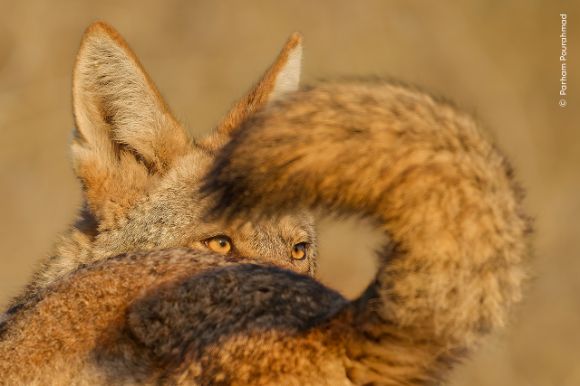August 30th 2024
How a salt giant radically reshaped Mediterranean marine biodiversity
A new study paves the way to understanding biotic recovery after an ecological crisis in the Mediterranean Sea about 5.5 million years ago. An international team led by Konstantina Agiadi from the University of Vienna and with the participation of the curator Danae Thivaiou from Natural History Museum Basel has now been able to quantify how marine biota was impacted by the salinization of the Mediterranean: Only 11 percent of the endemic species survived the crisis, and the biodiversity did not recover for at least another 1.7 million years. The study was just published in the renowned journal Science.
Lithospheric movements throughout Earth history have repeatedly led to the isolation of regional seas from the world ocean and to the massive accumulations of salt. Salt giants of thousands of cubic kilometers have been found by geologists in Europe, Australia, Siberia, the Middle East, and elsewhere. These salt accumulations present valuable natural resources and have been exploited from antiquity until today in mines around the world (e.g. at the Hallstatt mine in Austria or the Khewra Salt Mine in Pakistan).
The Mediterranean salt giant is a kilometer-thick layer of salt beneath the Mediterranean Sea, which was first discovered in the early 1970s. It formed about 5.5 million years ago because of the disconnection from the Atlantic during the Messinian Salinity Crisis. In a study published in the journal Science, an international team of researchers led by Konstantina Agiadi from University of Vienna – comprising 29 scientists from 25 institutes across Europe which also includes Danae Thivaiou from the Natural History Museum Basel – now was able to quantify the loss of biodiversity in the Mediterranean Sea due to the Messinian crisis and the biotic recovery afterwards.
Huge impact on marine biodiversity
After several decades of painstaking research on fossils dated from 12 to 3.6 million years found on land in the peri-Mediterranean countries and in deep-sea sediment cores, the team found that almost 67% of the marine species in the Mediterranean Sea after the crisis were different than those before the crisis. Only 86 of 779 endemic species (living exclusively in the Mediterranean before the crisis) survived the enormous change in living conditions after the separation from the Atlantic. The change in the configuration of the gateways, which led to the formation of the salt giant itself, resulted in abrupt salinity and temperature fluctuations, but also changed the migration pathways of marine organisms, the flow of larvae and plankton and disrupted central processes of the ecosystem. Due to these changes, a large proportion of the Mediterranean inhabitants of that time, such as tropical reef-building corals, died out. After the reconnection to the Atlantic and the invasion of new species like the Great White shark and oceanic dolphins, Mediterranean marine biodiversity presented a novel pattern, with the number of species decreasing from west to east, as it does today.
Recovery took longer than expected
Because peripheral seas like the Mediterranean are important biodiversity hotspots, it was very likely that the formation of salt giants throughout geologic history had a great impact, but it hadn’t been quantified up to now. “Our study now provides the first statistical analysis of such a major ecological crisis”, explains Konstantina Agiadi from the Department of Geology. Furthermore, it also quantifies for the first time the timescales of recovery after a marine environmental crisis, which is actually much longer than expected: “The biodiversity in terms of number of species only recovered after more than 1.7 million years,” says the geoscientist. The methods used in the study also provide a model connecting plate tectonics, the birth and death of the oceans, Salt, and marine Life that could be applied to other regions of the world.
“The results open a bunch of new exciting questions,” states Daniel García-Castellanos from Geosciences Barcelona (CSIC), who is the senior author of this study: “How and where did 11% of the species survive the salinization of the Mediterranean? How did previous, larger salt formations change the ecosystems and the Earth System?” These questions are still to be explored, for instance also within the new Cost Action Network “SaltAges” starting in October, where researchers are invited to explore the social, biological and climatic impacts of salt ages.
Publication
Agiadi et al. (2024) The marine biodiversity impact of the Late Miocene Mediterranean salinity crisis.
Paper Science
